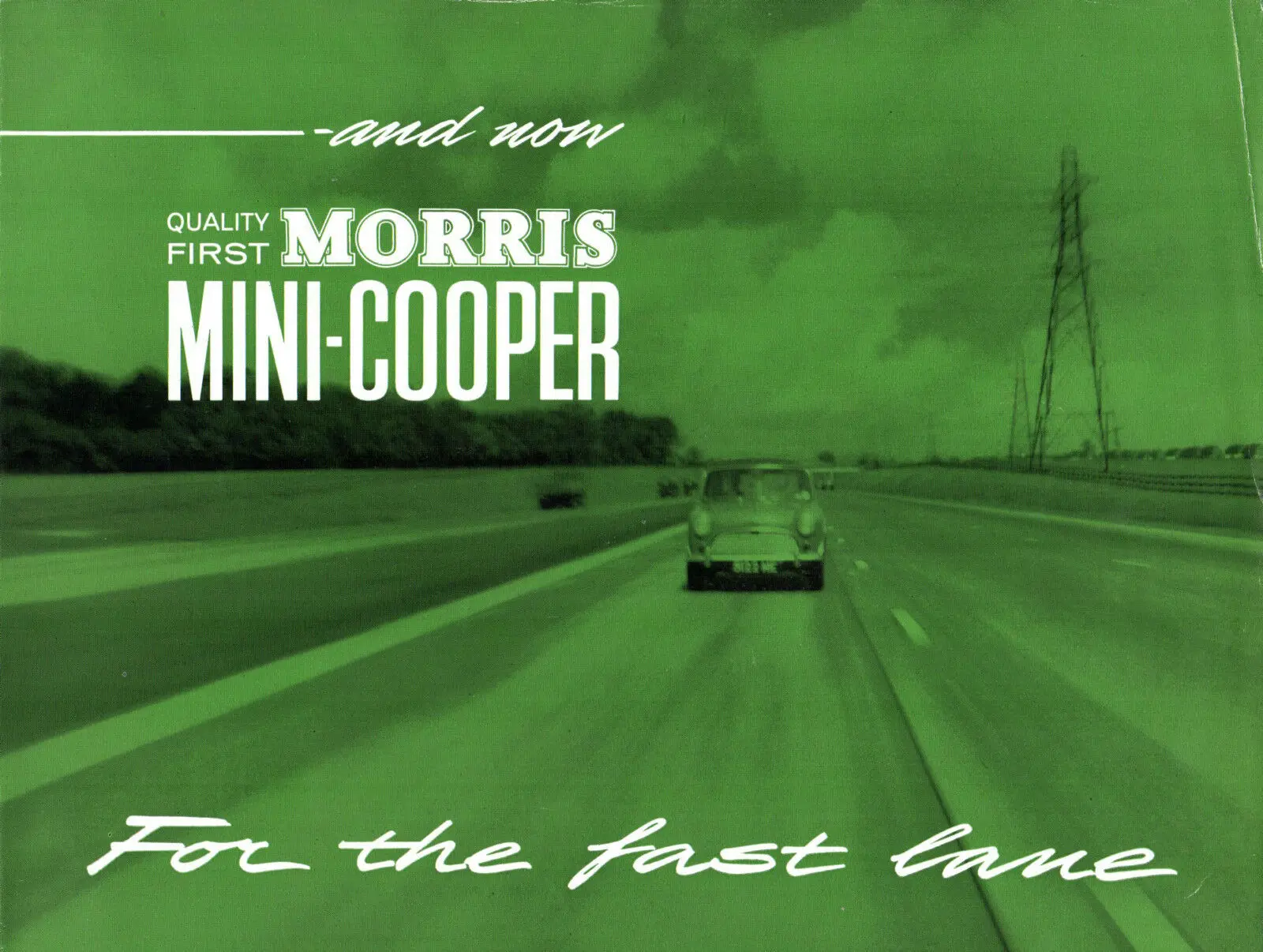THE MINI COOPER: A CELEBRATION
24 September 2021
Sixty years ago, the British Motoring Corporation introduced to the public the latest versions of the Mini, the Morris Cooper and its badge-engineered twin, the Austin Seven. At first glance, they seemed to be a sporting version of the ‘Super Mini’ launched a few months earlier. However, keen drivers paid close attention to the race-tuned to 997cc 55 bhp engine with twin SU carburettors, close-ratio gearbox and front disc brakes.
Here, according to the advertisements, were ‘the cars for real enthusiast’. However, Stuart Turner, BMC’s former Competition Manager, once observed had John Cooper had not devised a high-performance Mini, someone else would have done. 1959 saw John Whitmore pilot one at Brands Hatch on Boxing Day, and George ‘Doc’ Shepherd achieve a class victory at Snetterton. In 1960 Jack Brabham, Jim Clark and Graham Hill drove Minis at Silverstone.
Nor was it impossible that the Corporation would have developed an in-house MG version. But as history relates, in late 1959, BMC’s PR office loaned a new Mini, registration YOK 250, to the Cooper Car Company Limited. As a result, J Cooper abandoned his plans to convert the Renault Dauphine and instead focused on the Mini.
George Harriman, then the Managing Director of BMC, agreed to build 1,000 cars for homologation purposes after taking the prototype’s wheel. Cooper’s royalty was to be £2 per unit. The first examples departed Longbridge on the 11th July 1961, with the press launch on the 17th.

It should never be forgotten that six decades ago, the Mini Cooper was a highly unusual machine to the average British motorist. If you craved a compact FWD sporting four-seater, you had to look abroad; Saab or DKW. The rear engine Dauphine Gordini was another option, while for those who wanted a British car, there was always the Allard converted Ford Anglia 105E ‘Allardette’.
Yet, none of those very worthwhile cars seemed to offer the Cooper’s distinctive charm or combination of attributes. At £679 7s 3d, including a heater, windscreen washers and duotone paint, it was certainly affordable, while the top speed was an impressive 85 mph.
The Motor wittily referred to the Morris as a ‘Wolf Cub in Sheep’s Clothing’ and concluded, “This is the fastest production saloon car of its size ever to figure in our series of Road Test reports”. Bill Boddy of Motor Sport noted, “after a week with this fascinating little car I can understand why racing drivers and other discerning motorists are placing their orders”.
BMC themselves, using very early nineteen sixties sales copy, promised the Cooper “not only takes you but also sends you”. And it also redefined the notion of the sports saloon.
